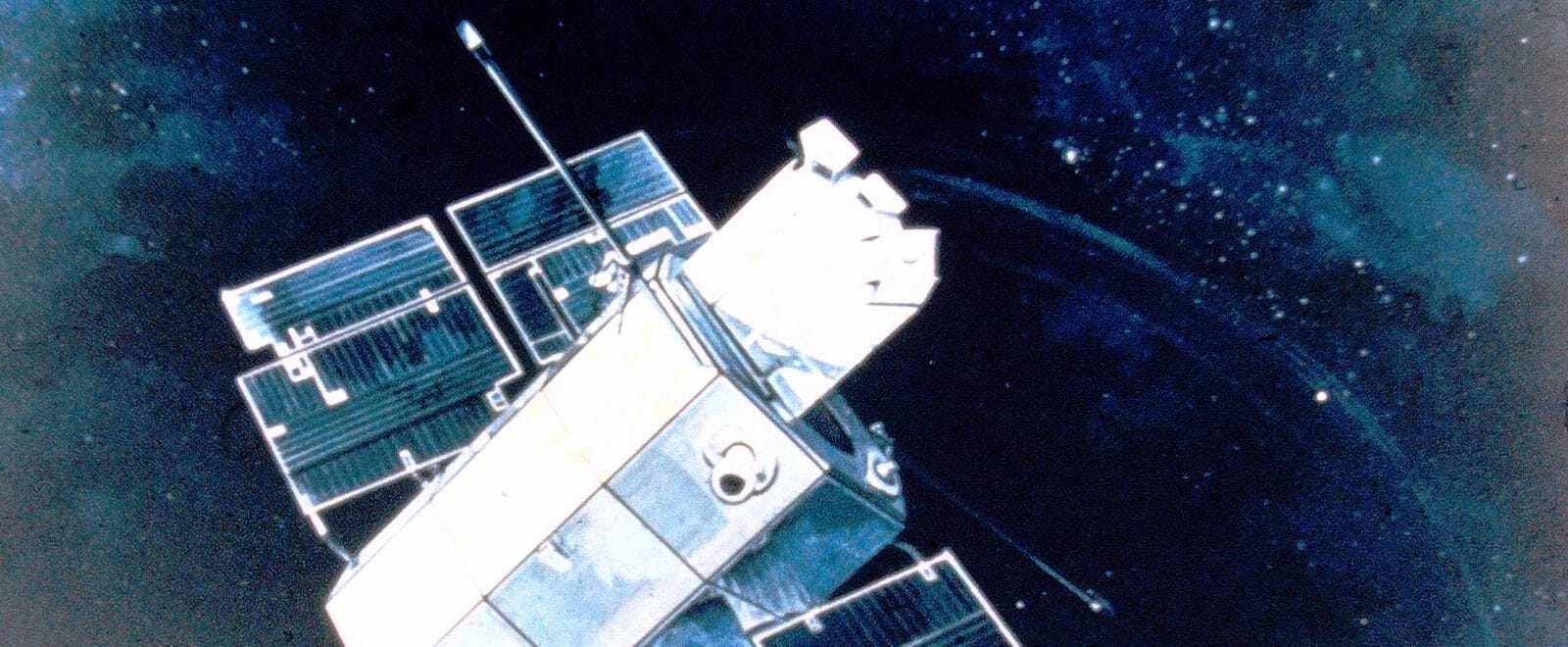
Reaching for the Stars
The year is 1968. The Tet Offensive marks the turning point in the Vietnam War. Martin Luther King Jr. and Robert Kennedy are assassinated. Apollo 8 orbits the moon. And in December, the world’s first autonomous space-based astronomical observatory, OAO-2 sweeps into orbit and helps set the stage for a new era of astronomy.
Since before Galileo turned a telescope to the night sky in the early 1600s, astronomers sought to sharpen their view of the stars and the planets and of our place in the universe.
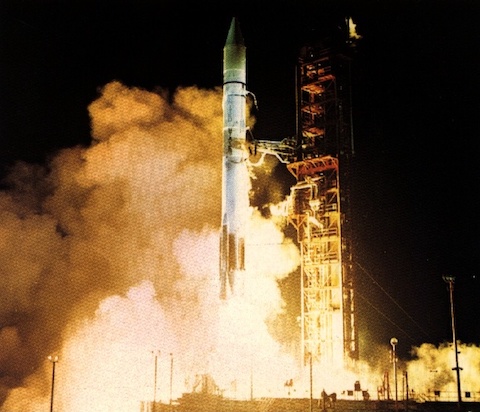
An Atlas-Centaur rocket lifts the Orbiting Astronomical Observatory-2 into orbit Dec. 7, 1968. Al Holm
The launch of the Orbiting Astronomical Observatory 2 on Dec. 7, 1968, into a 480-mile-high orbit marked a signature event in the history of astronomy, surmounting the obscuring blanket of the Earth’s atmosphere and giving people their first sustained view of the cosmos from space. The observatory set the stage for the Hubble Space Telescope and the constellation of space observatories that now circle our planet.
At the time, the 4,400-pound satellite was the “largest, heaviest and most complex” uncrewed American spacecraft. It contained two scientific payloads positioned at opposite ends of the satellite. These were seven telescopes from UW–Madison and the Smithsonian Astrophysical Observatory’s “Celescope,” a package that blended ultraviolet telescopes and television cameras.
Expected to last less than a year, the Wisconsin side of OAO-2 operated for more than four years, delivering unexpected observations of a comet and nova, and a trove of data on the ultraviolet universe before being switched off in 1973.
Journey into space with NASA and the Orbiting Astronomical Observatory
The point of OAO-2 — the first successful observatory in a series of early orbiting telescopes funded by NASA — was to position astronomical instruments above the Earth’s atmosphere.
Space Telescope Science Institute Director Kenneth Sembach on the legacy of the OAO program
The air and water vapor that surround our planet blurs, absorbs and scatters the starlight that is the currency of astronomy.
In particular, OAO-2 sought to open up a view of the sky in the far ultraviolet, a portion of the electromagnetic spectrum that is blocked by the atmosphere but is rich in information about stars, galaxies, the dust and gas between the stars known as the interstellar medium, and phenomena such as exploding stars.
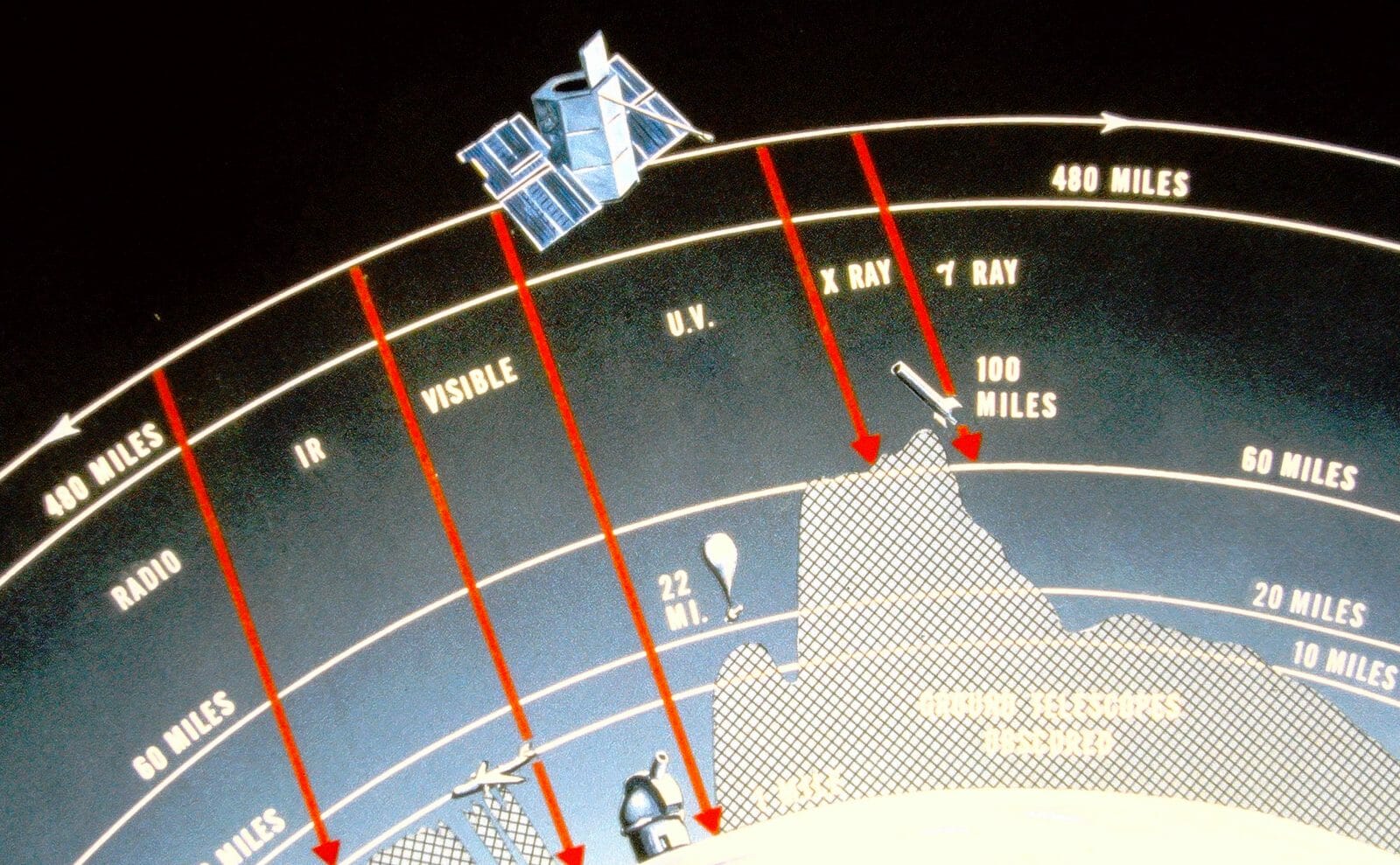
“The Orbiting Astronomical Observatory 2 was the first general purpose astronomical observatory in space,” explains Jim Lattis, a historian of science who directs the UW–Madison Astronomy Department’s Space Place, noting that astronomical telescopes had previously flown on rockets and on high-flying aircraft such as the X-15.
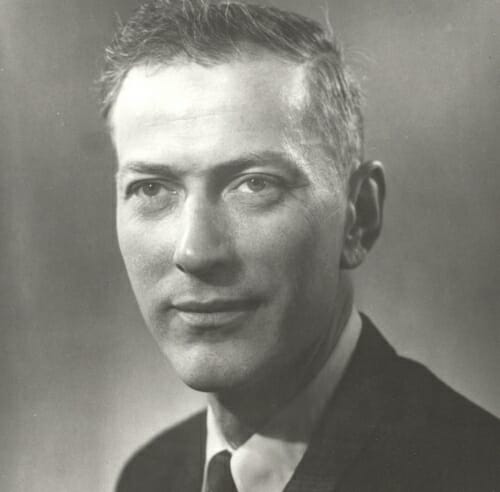
Arthur D. Code
The Soviets had also orbited gamma ray telescopes, but those also served to spy on American nuclear tests.
The Wisconsin side of OAO-2 was the product of a plucky, tight-knit band of Wisconsin scientists, including astronomers Robert Bless and Ted Houck, and led by space astronomy pioneer Arthur D. Code.
UW-Madison astronomer Sebastian Heinz on Art Code and his vision
The project would be the first in a series of space telescopes and astronomical instruments devised and built at Wisconsin that included a space shuttle-borne ultraviolet telescope known as WUPPE (Wisconsin Ultraviolet Photo-Polarimeter Experiment) and the only university-built science instrument on board the Hubble Space Telescope when it launched in 1990.
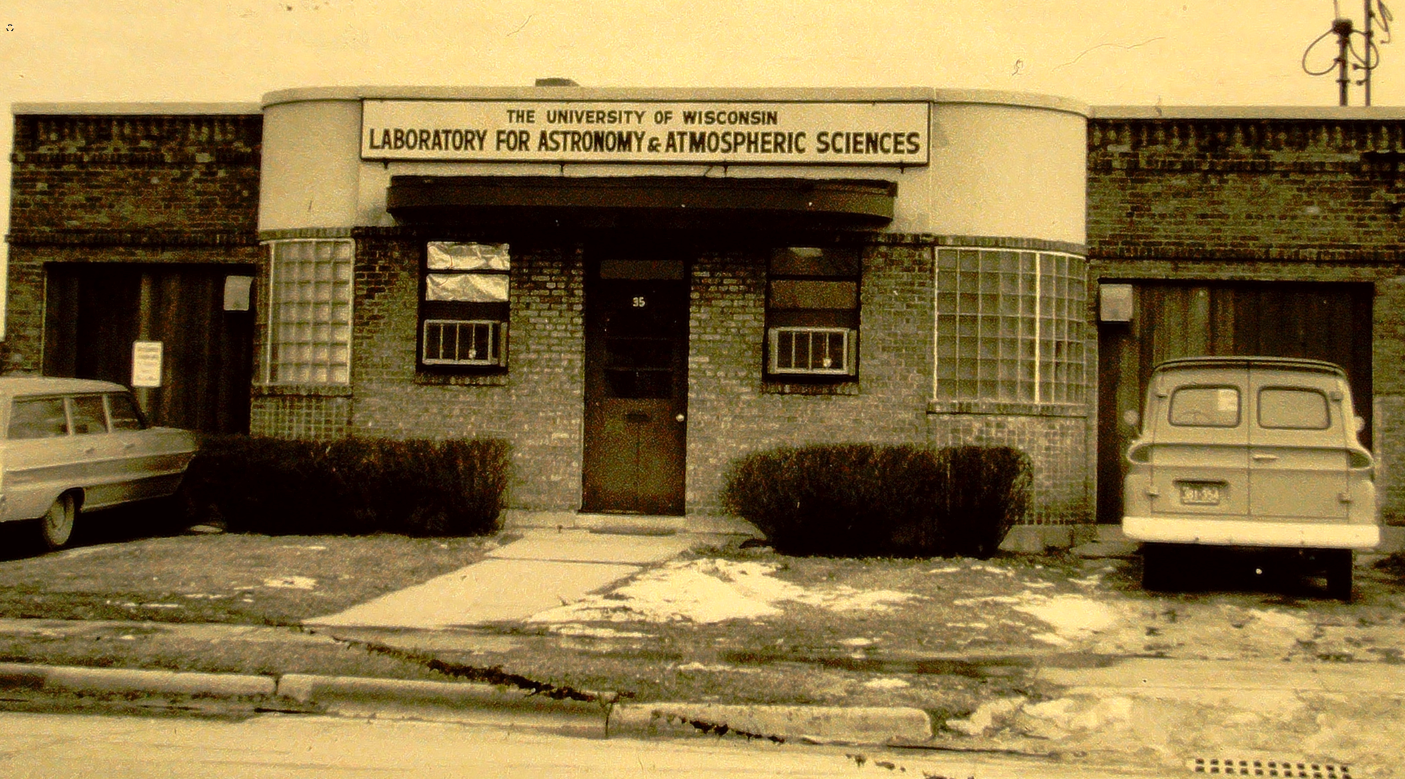
The Wisconsin telescopes packed into OAO-2 were designed and built in UW–Madison’s Space Astronomy Laboratory (SAL), founded by Code and first established in a warehouse next to Schmidt’s Auto Salvage on Madison’s South Park Street.
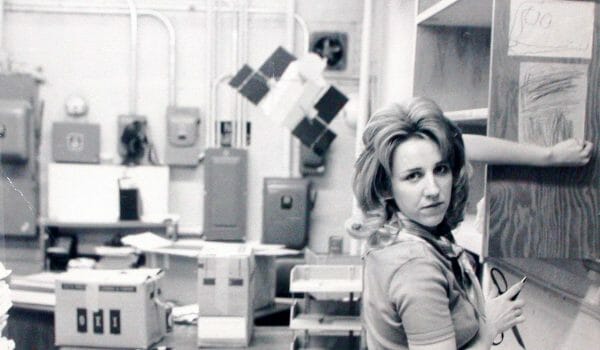
“The floors were uneven and the walls didn’t match up,” recalls Kathy Stittleburg, an early and ultimately long-tenured SAL employee hired to help manage data acquisition from the satellite. “When someone went to the bathroom, you could see their feet. The straw flowers on my desk were obliterated by mice.”
Kathy Stittleburg on the early days of space astronomy at UW-Madison
Although the setting was humble, the science and technologies that emerged from the warehouse at 35 S. Park St. set the first standards for doing astronomy from space.
“That is where the great ideas occur. Your computer revolutions occur in garages. Your space astronomy revolutions occur in warehouses or garages. You gotta start somewhere,” recalls Kenneth Sembach, a Johns Hopkins professor of astronomy who trained at UW–Madison in the late 1980s and early 1990s. Sembach now directs the Space Telescope Science Institute in Baltimore, the operational heart of NASA’s flagship astronomical observatories. “(The Wisconsin team was) really on the leading edge of things at the time.”
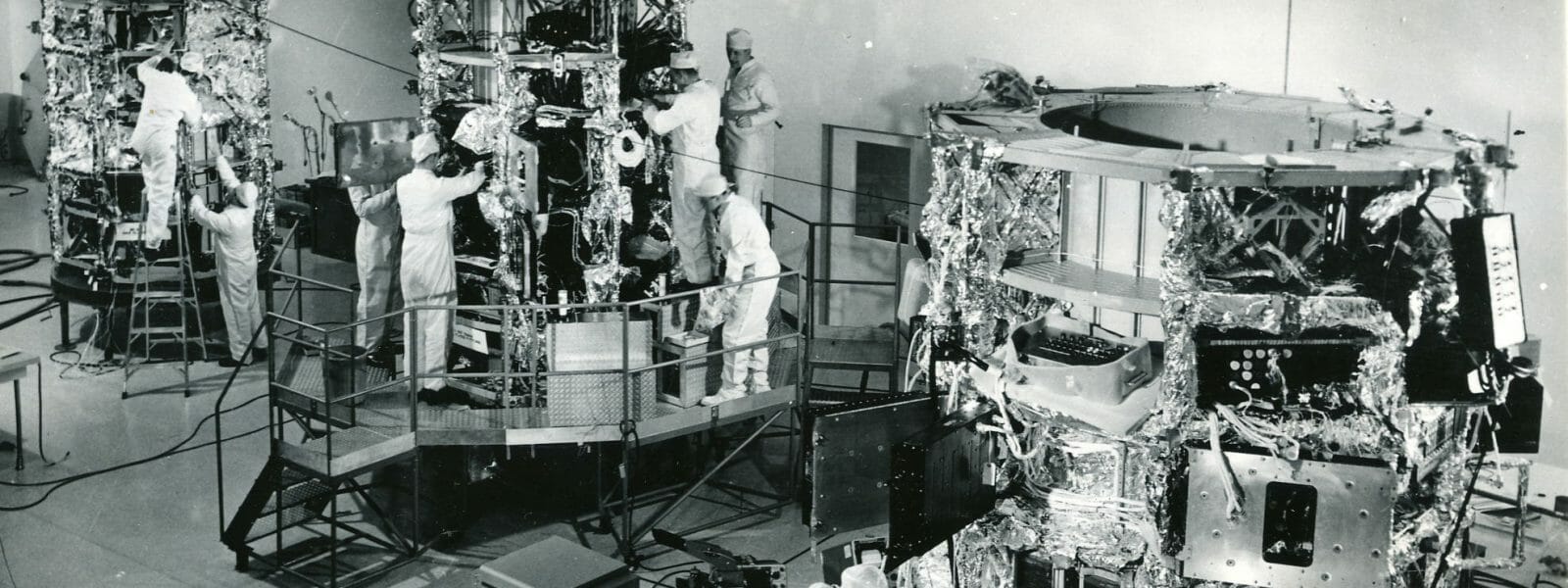
Scientifically, OAO-2 gave astronomers their first sustained look at the sky in ultraviolet wavelengths, revealing new things, explains John “Jay” Gallagher, a UW–Madison professor emeritus of astronomy whose doctoral thesis was built on data from the nova serendipitously acquired by OAO-2.
UW-Madison astronomer John Gallagher talks about OAO’s nova observations
OAO-2 also helped pioneer the practice of guest observing. Especially after the Smithsonian Astrophysical Observatory switched off its experiment in 1970, many astronomers were given opportunities to observe using the Wisconsin telescopes. This OAO innovation became standard operating procedure for big telescopes such as Hubble, though today, time on big space telescopes is tightly regulated and doled out in parsimonious fashion.
As a young scientist in 1970, Al Holm joined Wisconsin’s OAO team and, from a cramped command center at NASA’s Goddard Space Flight Center, helped operate and schedule the telescope, often working 12-hour shifts.
“We were responsible for choosing what OAO was going to look at,” recalls Holm, whose career trajectory took him from OAO to the International Ultraviolet Explorer, a successor to OAO, and ultimately the Hubble Space Telescope. “It was exciting. You never knew what you were going to find.”

Directing the observatory, he explains, was far different in an “era of slide rules and desktop adding machines.” The computers were primitive mainframes with less computing power than a smartphone. The spacecraft itself did not have a computer, depending instead on a set of 256 preset commands to operate and point the observatory.
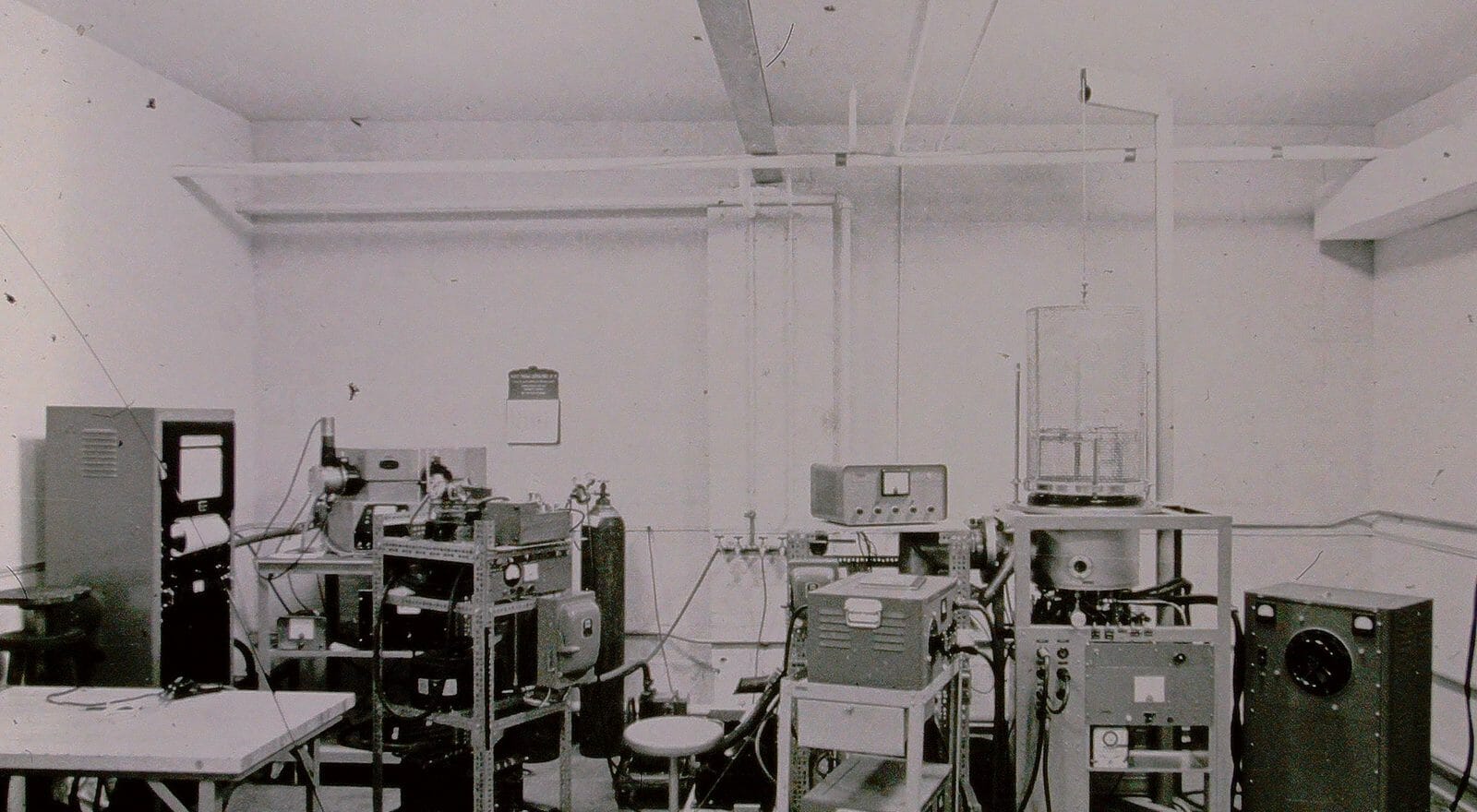
But OAO-2 in many ways modeled the future of space astronomy.
“Operating a telescope in space is obviously vastly different from observing from the ground. People had to invent how to do that,” notes Sebastian Heinz, chair of UW–Madison’s astronomy department. “OAO-2 was the first ultraviolet telescope to study space, and it also operated in a new way that is now standard for NASA and most international space telescopes.”
The observatory certainly made scientific contributions, helping inform theories of stellar evolution and revealing hidden features of comets and exploding stars, but its enduring legacy was setting the table for a new view of the cosmos.
“It showed you could do astronomy from orbit,” says Holm. “That is its legacy.”